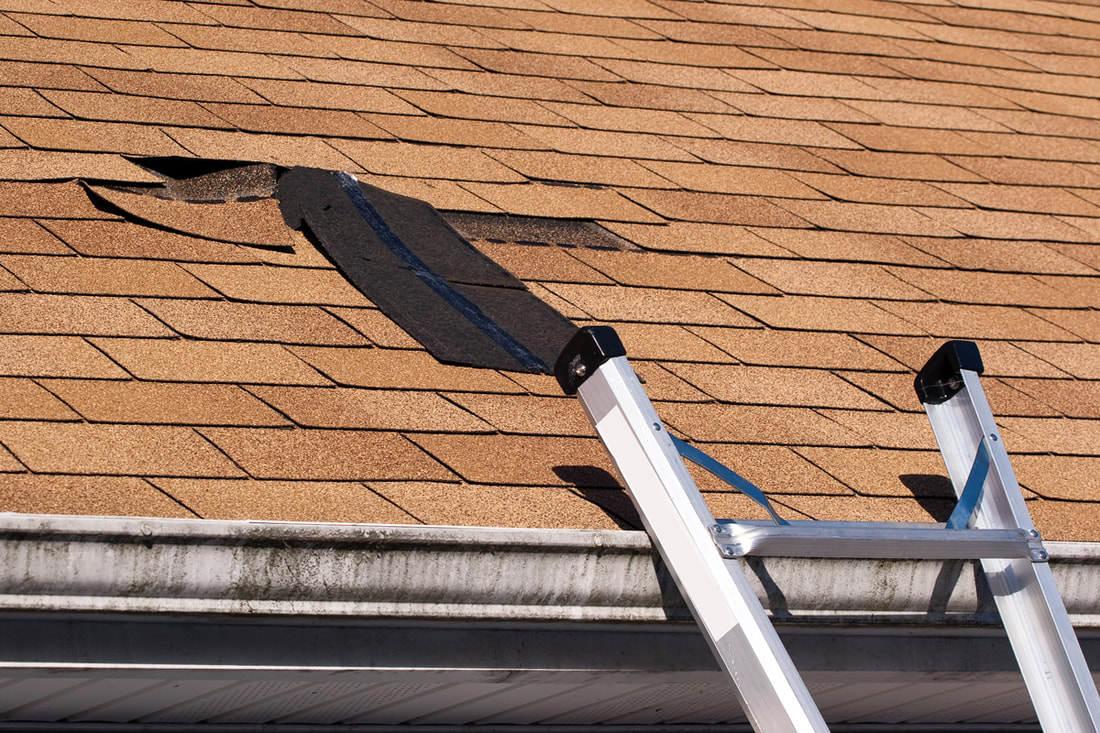The Three Layers Of Roof Replacement

When your roof decking is visibly sagging, roof leaks seem impossible to stop with minor patch-ups, shingle dust is piling high in your gutters, and your roofing is nearing or past its warranty date – it’s time to seriously consider full roof replacement.
And when you do replace your roofing, there are three main layers that have to be addressed: the roof deck, underlayment, and the shingles themselves.
Repairing Damaged Roof Decking
Many times, homeowners are so focused on the shingles that they overlook the possibility that some of the plywood sheathing on which those shingles rest may need to be replaced. It’s easy to lose sight of what’s not visible, but hidden problems with the roof deck are often the cause of roof leaks that can destroy drywall, insulation, and household valuables.
When moisture manages to penetrate the shingle layer and get down to the deck, it can cause the wood to weaken and sag, make it rot, or lead to mold growth. There is no way to repair damaged plywood – it simply has to be replaced.
This means stripping the roof bare and then probing all over its surface to test which sections may need to be replaced. Those boards must be lifted or cut out, a new board cut to exact size and nailed down, and adhesive wood caulks may also be used for extra grip.
The All-Important Middle Layer
You can’t just put down shingles straight to a roof deck and expect good results. One of the most important roof replacement tips is to never skimp on quality underlayment and metal flashing, which are the two parts of the middle layer of your roof.
Felt underlayment blocks any moisture that may sneak through your upper (shingle) layer from contacting the lower layer (roof deck.) Never reuse old underlayment or leave parts of the deck uncovered by it. Once you are already investing in new roofing, it only makes sense to install full protection.
Various types of metal flashing and drip edge also contribute to the central layer by directing water away from vents and chimneys, ensuring the valleys don’t rot out, and keeping water from getting below the shingles at key points where it would otherwise be likely to do so.
Installing Your Brand New Shingles
Modern asphalt shingles are an amazing product. They effectively shed water, resist wind and fire, are immune to insects, mold, and most other “roof ailments.” That said, some grades and brands are better than others, so ask your roof contractor to explain the cost-benefit breakdown of each option.
For shingles to create a proper barrier, they must be installed correctly, which means starting at the eave and laying each successive layer on top, placing nails only at the top where the nail heads won’t be exposed to the weather, and weaving shingles together in the valleys for maximum water resistance.
While the aesthetics of your shingles and how well they complement the color and design of your house must be taken into consideration, solid build and installation in accordance with manufacturer’s instructions are key – and the latter will ensure your warranty stays good for the next 20 to 25 years or more.
Thinking of replacing your roof? Think “in three layers” for best results. Talk to a pro roofing contractor today at Sheegog Contracting in Central Florida to discuss your roof replacement job and to get a free quote!


